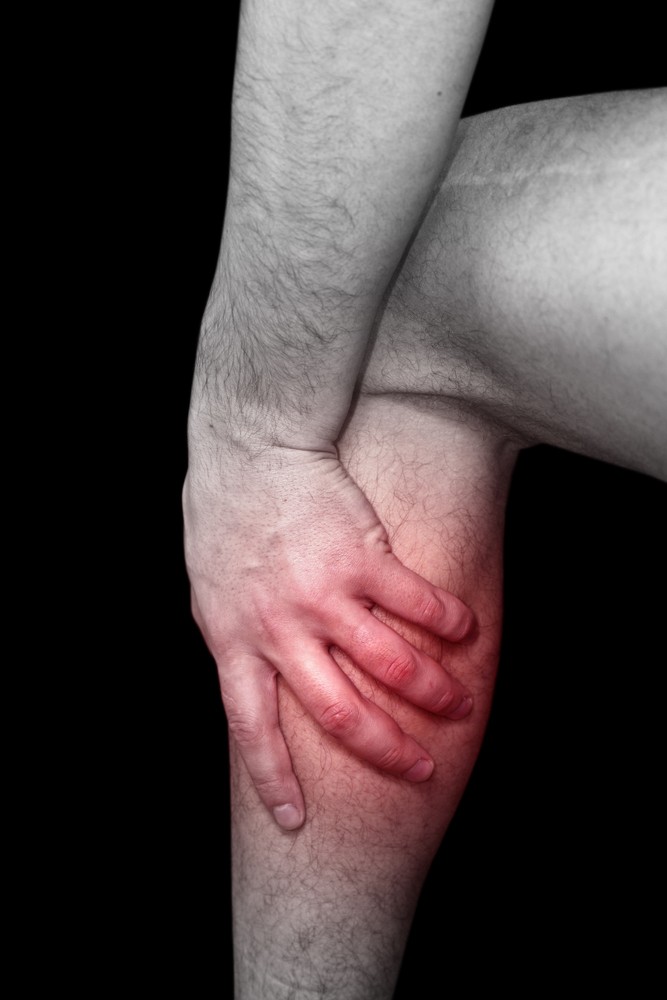Mendota Community Hospital issued the following announcement on Sept. 20.
September is Peripheral Arterial Disease (PAD) Awareness Month
Peripheral arterial disease (PAD) is a condition that develops when the arteries that supply oxygen-rich blood to the arms and legs become completely or partially blocked as a result of atherosclerosis (buildup of plaque). PAD can increase the risk of heart attack, stroke, amputation and possibly death. PAD affects as many as 12 million Americans, which is why September is recognized as PAD Awareness Month.
“When people have PAD, sometimes they no longer have feeling, or they get so much pain in their legs because of the decreased blood flow, especially when they are sleeping or when they put their legs up because their legs are trying to compensate for not having oxygen and blood flow to their legs. They can develop sores, gangrene or amputations to their extremities,” said Danielle Barth, Clinical Nurse Manager, OSF HealthCare St. Joseph Medical Center Wound Care Clinic.
Chronic toe and foot sores are common in people with PAD, as are cramping, numbness, weakness or heaviness in the leg muscles. Many patients with PAD do not experience symptoms.
To lessen your risk of developing PAD, Barth says to quit smoking, monitor your cholesterol, eat a healthy diet and to stay active. She says activity seems difficult to many of her patients, but it comes in many forms and can easily fit into daily life.
“Even vacuuming their house or sweeping their house can be enough activity,” said Barth. “I like to tell people – no I don’t go to the gym, but I love yard work: cutting the grass, pulling weeds, working in the garden. That’s all activity that keeps us moving and keeps our blood flow and keeps us healthy and helps to promote good daily habits.”
The OSF HealthCare St. Joseph Wound Care Clinic recommends the following action steps to help manage PAD:
Lifestyle changes such as quitting smoking, correcting blood pressure and cholesterol numbers
Smoking, high blood pressure and high cholesterol are major risk factors for the development of PAD. Managing these conditions can help improve blood circulation.
Develop healthy eating habits and an exercise plan
Exercising can help increase the circulation and reduce pain in the lower extremities. Walking, hiking and bike riding are good exercise options. A personal trainer can help tailor a custom workout plan that best fits a person’s needs.
Medications
Always consult with a physician about which medications may help PAD and if they are needed.
Special procedures and surgeries
In some severe cases of PAD, surgery may be needed to open arteries that have narrowed. Consult with a physician to see if surgery is a necessary treatment.
For more information about PAD and treating chronic wounds, contact the OSF HealthCare St. Joseph Wound Care Clinic at (309) 661-6230.
Original source can be found here.

Source: Mendota Community Hospital






 Alerts Sign-up
Alerts Sign-up